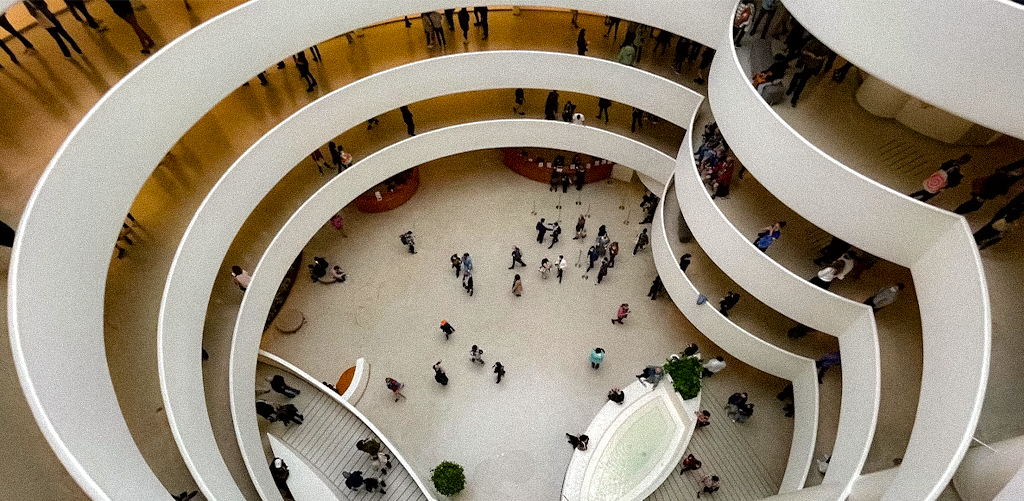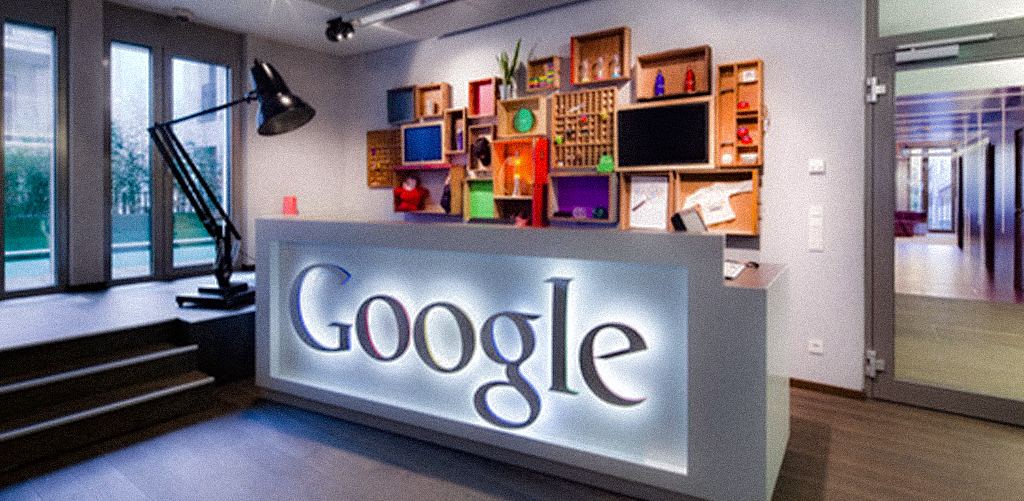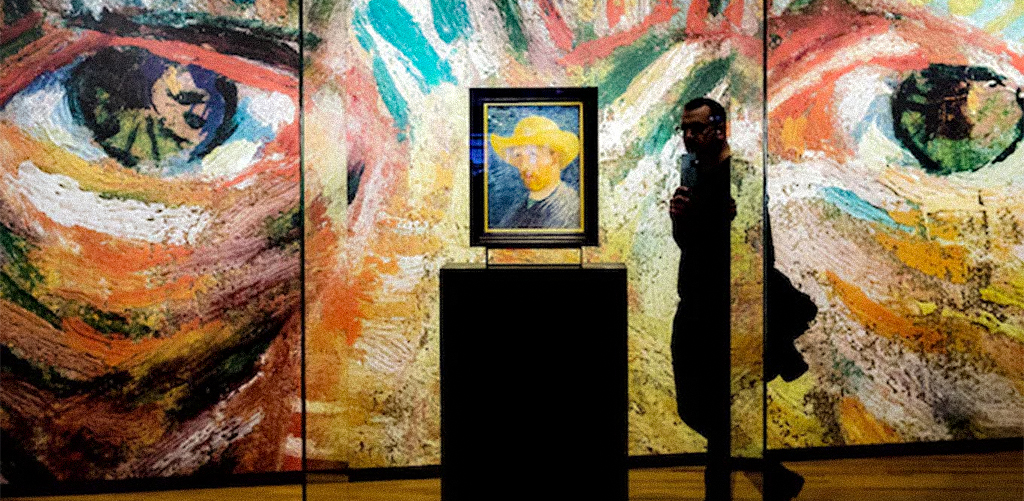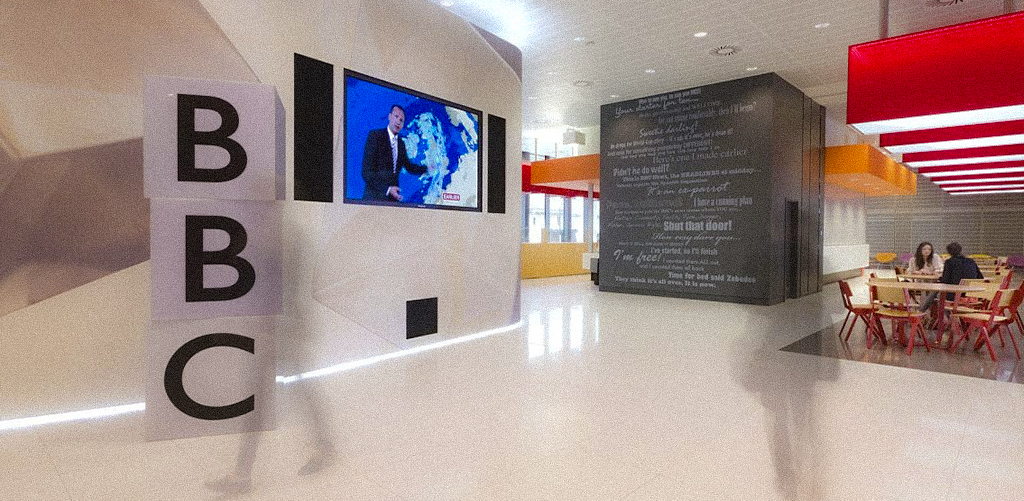

Your brain is a storyteller, constantly interpreting its surroundings. The walls around you, the lighting above, the textures beneath your fingertips—all of these elements are feeding your subconscious, influencing your emotions, focus, and productivity. Ever wondered why you feel energized in some places and drained in others? Welcome to the world of neuroarchitecture—a fascinating intersection of neuroscience and interior design that explores how spaces shape human behavior.
For aspiring interior designers, mastering this concept is key to crafting spaces that enhance well-being and efficiency. At JD Institute of Fashion Technology, students learn to blend psychology with design, creating environments that are not only aesthetically pleasing but also cognitively enriching.
Lighting is not just about visibility—it affects cognitive function, mood, and sleep cycles. Natural light boosts serotonin levels, enhancing focus and happiness, while dim lighting can induce relaxation. The Apple Park campus in California is a great example of using abundant natural light to promote employee well-being and efficiency.

Aspiring designers at JD Institute of Fashion Technology learn the science of lighting design, understanding how different light temperatures and intensities can shape human experiences in a space.
Cramped spaces can cause anxiety, while open, well-organized layouts promote clarity of thought and collaboration. Consider the Guggenheim Museum in New York—its spiral design encourages seamless movement and exploration, mirroring how our brain prefers structured yet fluid environments.

A smart designer knows how to use spatial organization to balance privacy and connectivity. Interior design at JD Institute emphasises practical techniques and hands-on training to optimize student’s experience and learning in any setting.
The surfaces we touch and the materials we see impact our emotions. Warm woods evoke comfort, while cold metals bring a sense of modernity. Google’s offices worldwide incorporate soft textures, natural elements, and vibrant colors to enhance creativity and reduce stress. Students must be trained to understand the psychology of materials—how a choice of wood, stone, or fabric can subconsciously shape a person’s perception and response to a space.

Colors can stimulate or soothe the brain. Blue enhances productivity, yellow sparks creativity, and green promotes relaxation. The Van Gogh Museum in Amsterdam uses strategic color palettes to evoke different emotional responses throughout its exhibits. Students who inspire to be interior designers must learn color theory, and also how to create atmospheres that align with a space’s intended purpose, whether it’s a high-energy retail store or a calming wellness retreat.

Noise pollution can be a silent productivity killer. Offices like the BBC Broadcasting House in London use soundproofing and strategic material placement to create an acoustically balanced environment.

Acoustic solutions play a vital role in interior design, helping to reduce noise pollution and create environments that support focus and relaxation. Thoughtful use of materials like carpets, curtains, and acoustic panels can make a significant difference in how a space feels and functions.
Bringing the outdoors inside can significantly reduce stress and boost cognitive function. Amazon’s Spheres in Seattle, filled with lush greenery, exemplify how nature-infused spaces can enhance mental well-being and creativity. Through JD Institute’s interior design curriculum, students explore how to incorporate such principles to create sustainable and psychologically enriching interiors.
Interior design is more than just aesthetics—it’s about shaping spaces that support mental well-being, productivity, and happiness. Understanding the science behind neuroarchitecture gives designers an edge in crafting impactful environments.
For students looking to master this transformative approach, the JD Institute of Fashion Technology provides an in-depth, hands-on learning experience, equipping them with the knowledge and skills to design spaces that truly enhance lives.
If you’re passionate about creating spaces that don’t just look good but feel good, JD Institute is the place where your journey begins!